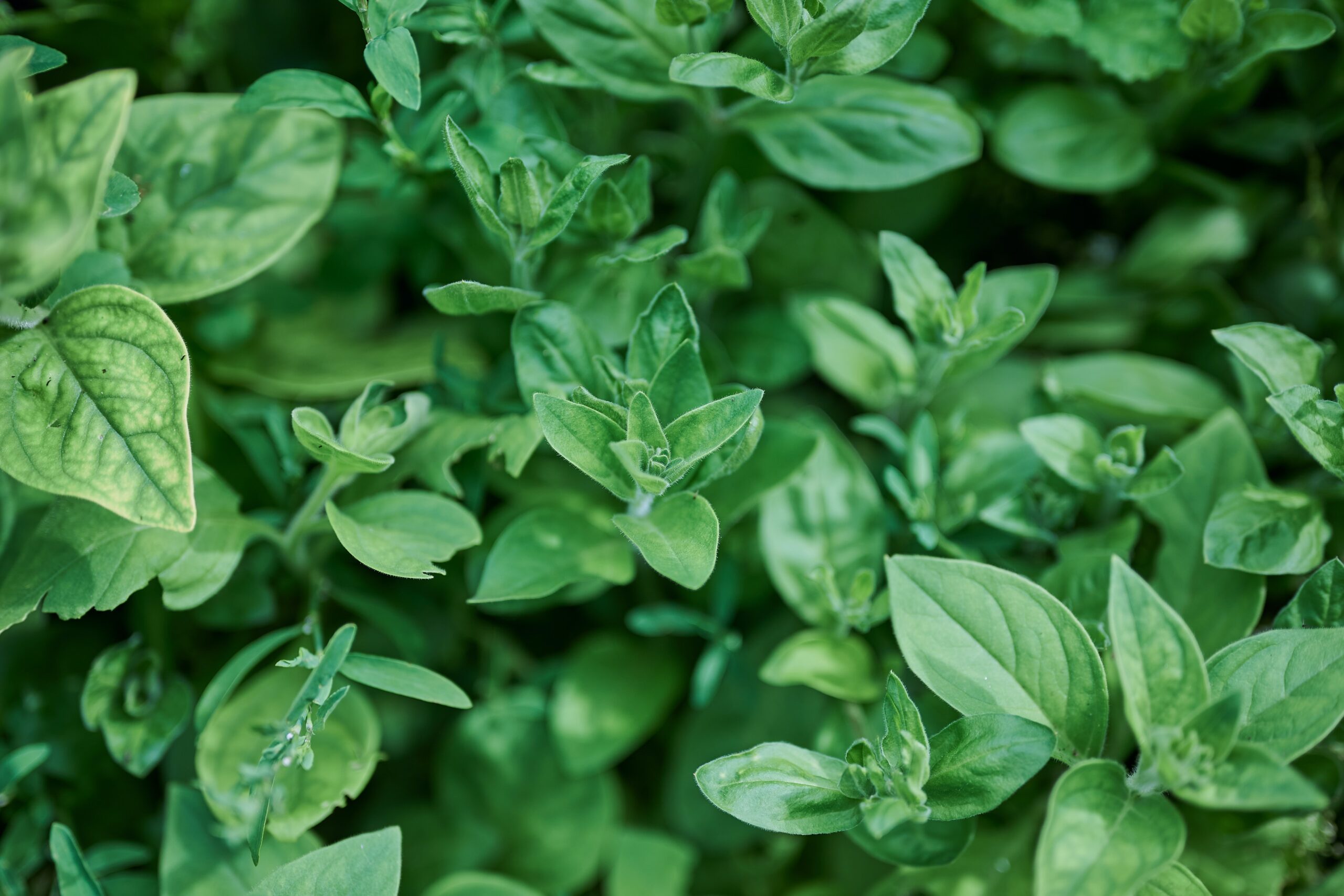As the Scarecrow said, in The Wizard of Oz, “Some people with no brains do an awful lot of talking, don’t they?” And, as anyone who’s ever worked an office job knows, an awful lot of emailing.
Now, literal vegetables are sending emails. (I’m sure there’s a “spam” joke in there, somewhere, but I can’t think of it just now.)
It may sound like something out of a futuristic science fiction film, but scientists have managed to engineer spinach plants which are capable of sending emails.
This is not some sort of Hitch-hiker’s Guide SF scenario, where a spinach plant is sending such helpful tips as, “I’d go well with some feta and nutmeg, you know”.
Instead, it’s the more real and possibly even more incredible emerging technology of integrating electronic systems into plants.
The technology is known as “plant nanobionics”, and is effectively the process of giving plants new abilities.
“Plants are very good analytical chemists,” explains Professor Michael Strano who led the research. “They have an extensive root network in the soil, are constantly sampling groundwater, and have a way to self-power the transport of that water up into the leaves.”
The practical applications of the technology are mind-boggling. Spinach plants have been wired to act as sensors that chemically detect explosive materials. When the spinach roots detect chemicals like nitroaromatics, used in landmines, carbon nanotubes within the plant emit a signal. The signal is read by an infrared camera, which in turn triggers an email alert.
While the purpose of this experiment was to detect explosives, Strano and other scientists believe it could be used to help warn researchers about pollution and other environmental conditions.
Because of the vast amount of data plants absorb from their surroundings, they are ideally situated to monitor ecological changes.
In the early phases of plant nanobionic research, Strano used nanoparticles to make plants into sensors for pollutants. By altering how the plants photosynthesized, he was able to have them detect nitric oxide, a pollutant caused by combustion.
“Plants are very environmentally responsive,” Strano says. “They know that there is going to be a drought long before we do. They can detect small changes in the properties of soil and water potential. If we tap into those chemical signalling pathways, there is a wealth of information to access.”
It’s also important not to overstate or anthropomorphise this technology. This isn’t plants “talking” to us, any more than a radio is silicon and metal talking to us.
But there are even more promising spinach technologies emerging.
Scientists from the American University have found that when spinach is converted into carbon nanosheets, it can function as a catalyst to help make metal-air batteries and fuel cells more efficient.
“This work suggests that sustainable catalysts can be made for an oxygen reduction reaction from natural resources,” explains Professor Shouzhong Zou, who led the paper.
Metal-air batteries are a more energy efficient alternative to lithium-ion batteries, which are commonly found in commercial products like smartphones.
Spinach was specifically chosen because of its abundance of iron and nitrogen, which are important elements in compounds that act as catalysts. The researchers had to wash, juice and grind the spinach into a powder, turning it from its edible form into nanosheets suitable for the process.
“The method we tested can produce highly active, carbon-based catalysts from spinach, which is a renewable biomass,” adds Zou. “In fact, we believe it outperforms commercial platinum catalysts in both activity and stability.”
Euronews
So, it turns out that plants are useful for a lot more things than being turned into meat by animals.
Please share this article so that others can discover The BFD

